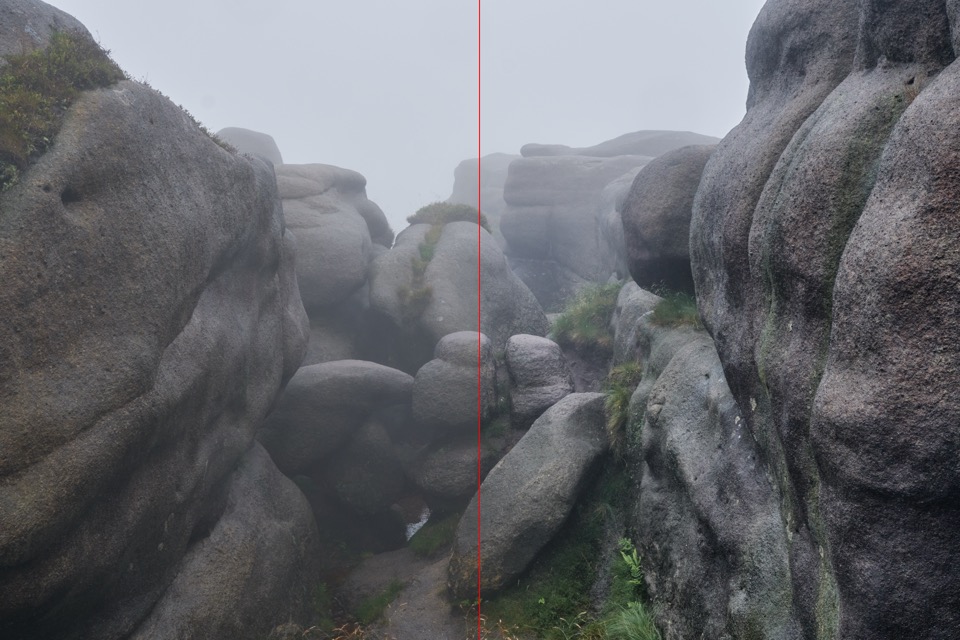


And it erupts with exhilaration when drug distributor Tuco (Raymond Cruz) first snorts Walt's pure crystal meth in episode 6. "Breaking Bad"'s cinematography oozes furious frustration when, for example, a fed-up Walt approaches a fast food counter after suffering the company of a cell phone-blathering sexist in episode four. The stationary camera is one of control.Ĭonversely, greater visual shakiness emerges whenever a character is wracked by stress, fear or some sudden shock to their system. There's virtually no movement when Walt-newly empowered by getting away with murder-potently pounces on Skylar (Anna Gunn) in bed at the close of episode one, or when an angry Walt patiently sits through his relatives' pleas and outbursts, and then asserts his own agency, during episode five's intervention. While there's a constant restlessness to "Breaking Bad"'s handheld cinematography, more static compositions often reflect a given on-screen character's confidence, power or suppressed rage. Season one's first episodes are typified by the deft interplay between visual stasis and bumpiness.
#Detail stylizer nik series#
(RJ Mitte), Gilligan and Toll utilize a series of straightforward camera set-ups to highlight the humdrum ordinariness of the locale as a means of making Walt's ensuing violent outburst all the more shocking.

And when Walt confronts bullies mocking his cerebral palsy-afflicted son Walt Jr. When Walt and Jesse first meet in the pilot, their faces are half masked in shadow-an expression of their good/bad duality, as well as their two-sides-of-the-same-coin kinship. It's an aesthetic founded on contrasts, and mirrors both Walt's own state of mind and his literal caught-between-different-worlds situation. Directed by creator Vince Gilligan and shot-on film, per the show's custom-by John Toll (" Braveheart," " The Thin Red Line"), this first episode sets up much of the show's formal template, including a palette of burned-in colors, textured chiaroscuro, frequent use of natural (or natural-looking) light, and cinematography that's alternately tranquil and edgy. Those hallmarks are present from the pilot, in which Walt, shortly after his 50 th birthday, learns that he has lung cancer and strikes up a meth-cooking partnership with Jesse. Like its protagonist, "Breaking Bad"'s style is one that regularly segues between the mundane and the outrageous, charting its various characters' emotional, psychological and logistical circumstances through an exciting blend of anxious handheld camerawork, tense spatial compositions, evocative visual angles, and vibrant use of shadow and light. That development grew out of its narrative, which details high-school chemistry teacher Walter White ( Bryan Cranston) entering the criminal world of meth production and sales alongside former student-turned-dealer Jesse Pinkman ( Aaron Paul). Over the course of its maiden seven episodes, AMC's hit series set itself apart from much of its small-screen competition via a distinctive and daring look, one whose bracing realism evolved to include ever-more-inventive stylization. While cinematographer Michael Slovis has, since he came aboard in season two, helped define the visual signatures of "Breaking Bad," the show's aesthetics were firmly established from the beginning. Gliding Over All: The Cinematography of Breaking Bad, Season 1 from Press Play Video Blog on Vimeo.


 0 kommentar(er)
0 kommentar(er)
